The British Empire, the largest the world would ever see, spanned vast areas of the globe on the eve of the Second World War in 1939. When war came, the enormous resources and manpower reserves of the Empire were leveraged in defence of the British cause, fighting for King and Country with great courage and resolve. Naturally, we make plenty of figures to represent these brave Imperial troops, and in this series we’ll be taking a look at the nations and men who fought for the Empire. First up are the South Africans!
South African participation in the Second World War was by no means guaranteed. Anti-British sentiment still ran high in certain areas of society and government, and indeed it took a change in that government for South Africa to enter the war. Led by Prime Minister (and later Field Marshal) Jan Smuts, a close confidante of Winston Churchill, war was declared on Germany and the Axis on the 6th of September 1939. The regular South African Defence Force was a small, all-volunteer force, and conscription was never introduced during the war, significantly limiting the available manpower. Similarly, the racially segregated nature of South African society meant that recruiting non-white troops for frontline combat was never considered – instead, they were used for various support and auxiliary roles in order to free up as many white soldiers for combat service as possible. In addition to serving in the South African Army and Air Force, many South African sailors and pilots served with the Royal Navy and Royal Air Force, with Group Captain ‘Sailor’ Malan and Squadron Leader ‘Pat’ Pattle perhaps the most famous of these airmen.
The pre-war South African Army was small and intended for use in Africa only. As such, it was primarily trained and equipped for bush warfare and internal peacekeeping duties. Fortunately, the ‘Phoney War’ provided time for expansion and two divisions took part in the Western Desert campaigns – our British Commonwealth Infantry plastic boxed set is perfect for fielding these forces! Before this, however, came the somewhat less well-known East African campaign against Italian forces in Abyssinia (modern-day Ethiopia). Moving swiftly and making good use of armoured cars and their prior training the South Africans were able to drive the Italians back with their aggressive tactics.
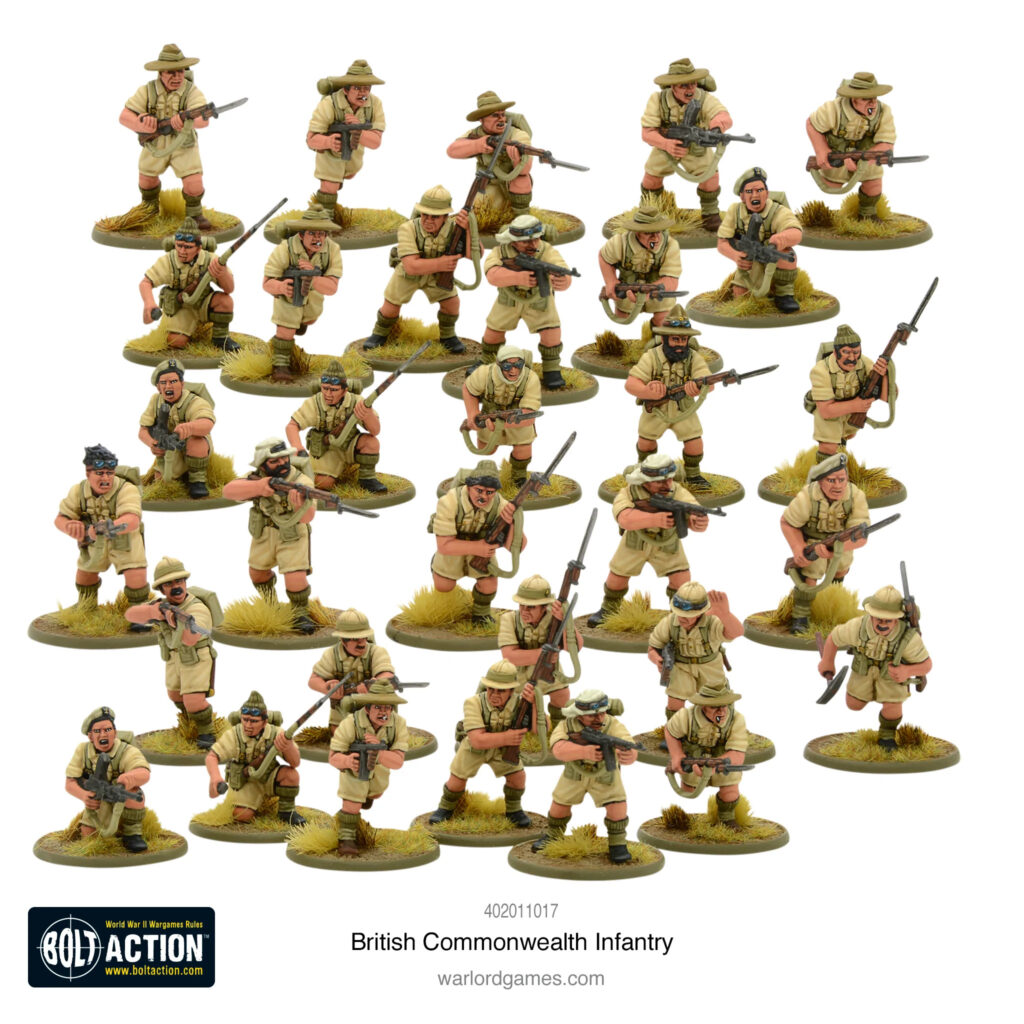
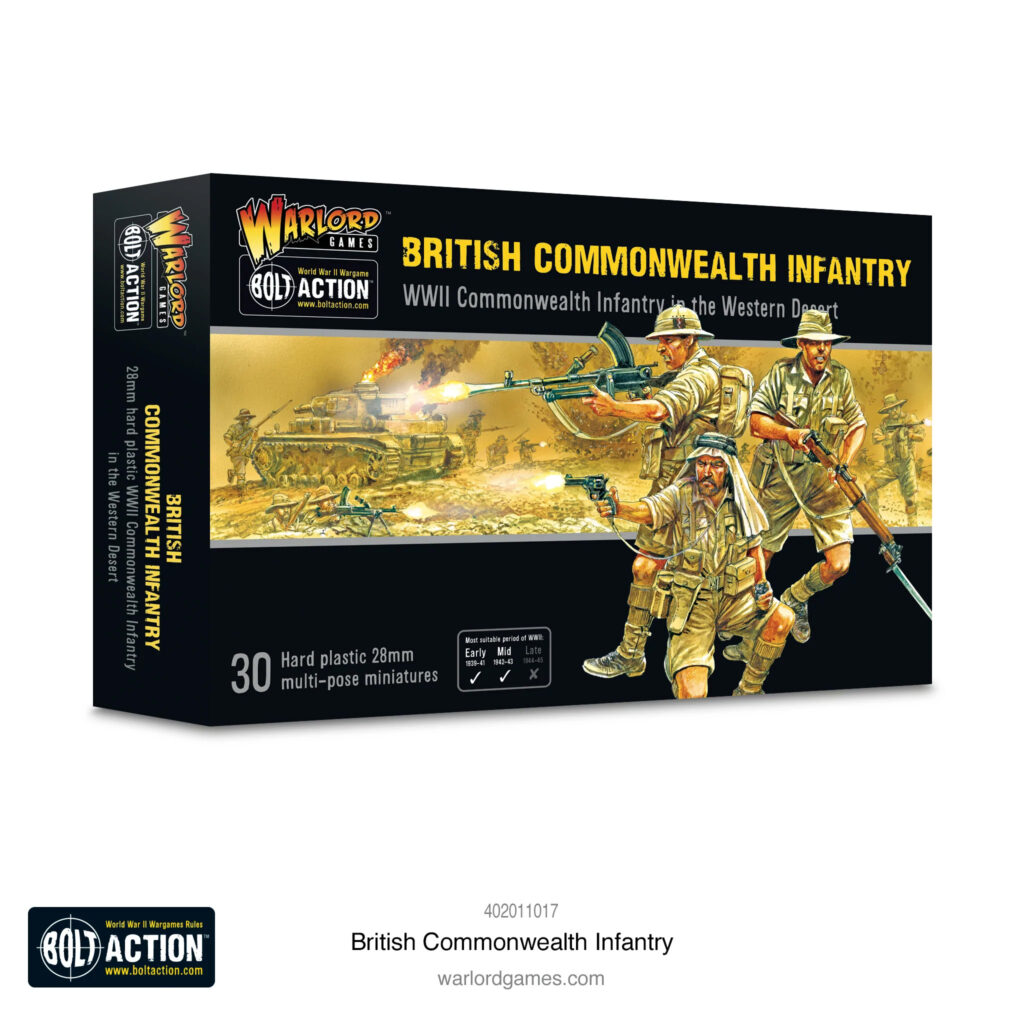
The most famous theatre of war in which the South Africans took part was of course the Western Desert. With both the 1st and 2nd Infantry Divisions taking part, the South African soldiers proved capable, resilient, and brave soldiers. During Operation Crusader and the Battle of Gazala, they fought tenaciously in the face of the Axis advance, with many becoming prisoners of war after the surrender of Tobruk (including much of the 2nd Infantry Division) and elsewhere. On one notable occasion, the 5th South African Brigade was caught in open country by German armour. Lacking useful anti-tank weaponry, they resorted to firing their 25-pdrs over open sights, destroying over half of the German tanks sent against them. Eventually overwhelmed and forced to surrender, the Brigade had nevertheless punched well above their weight and significantly blunted the Axis advance.
Later in the Western Desert campaign, the South Africans would participate with distinction in the allied counterattack at El Alamein, with the 1st Infantry Division’s units playing an important role in that pivotal battle. That division would then return to South Africa to be converted to an armoured division, renumbered as the 6th, and would participate in the Italian campaign. Often used as a spearhead unit, the 6th saw heavy combat against German forces after the fall of Rome, particularly the Fallschirmjäger paratroopers and Panzer armoured units, and later served as part of the US Fifth Army in the final battles of the Italian campaign.
It was a battle-wise outfit, bold and aggressive against the enemy, and willing to do whatever job was necessary. In fact, after a period of severe day and night fighting, the 6th had in an emergency gone into the line as infantrymen. When the snow stalled their armour they dug in their tanks and used them as artillery to make up for our shortage in heavy guns. Whenever I saw them, I was impressed by the large number of decorations and honours they had earned the hard way. Their attacks against strongly organised German positions were made with great élan and without regard for casualties. Despite their comparatively small numbers, they never complained about losses. Neither did (Prime Minister) Smuts, who made it clear that the Union of South Africa intended to do its part in the War – and it most certainly did.
US General Mark Clark, on the 6th Armoured Division.
One engagement which is sadly all but forgotten today is the 1942 liberation of Madagascar from Vichy French forces. The South African 7th Motorised Brigade of the 3rd Infantry Division took part, with two companies of the Pretoria Highlanders conducting the first (and, to date, only) amphibious landing by South African troops at Tulear on the 29th of September, although (probably to the relief of all and sundry) they were unopposed. This, for my money, would make for a fantastic ‘what-if’ scenario to replay – D-Day with a difference!
In Campaign: The Western Desert we find additional national characteristics for fielding South African forces. Bloody Mindedness allows them to ignore Pins caused by shooting attacks that fail to cause casualties, while Quick Reaction means they can ignore the Surprise Charge rule and shoot at enemy assaulters no matter the situation – not a bad couple of options! Being at their core inhabitants of Africa, South African forces could often be found in the practical and iconic pith helmets – our British Commonwealth Infantry plastic boxed set allows you to field a whole force in these cracking caps, and there are plenty of fantastic moustaches to boot – just what you need to really scare the foe!
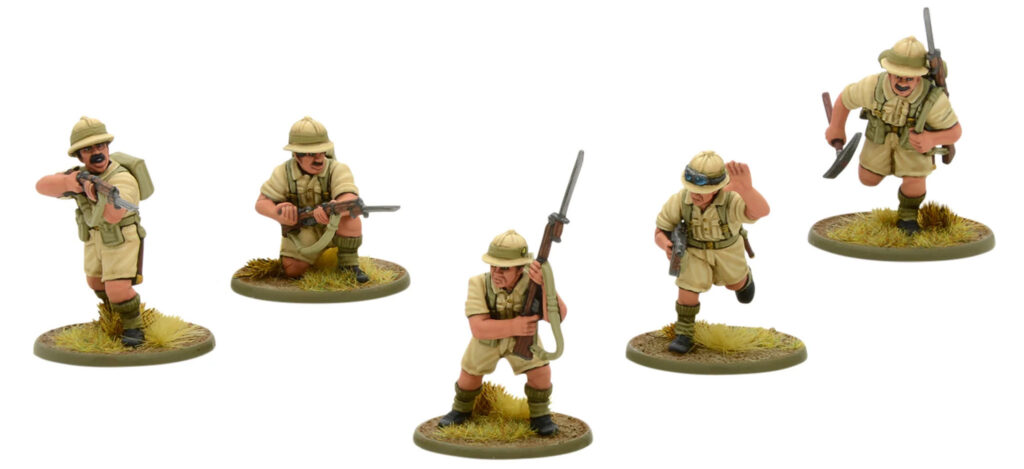
It’s all fun in the sun for the Axis – until the South Africans show up!
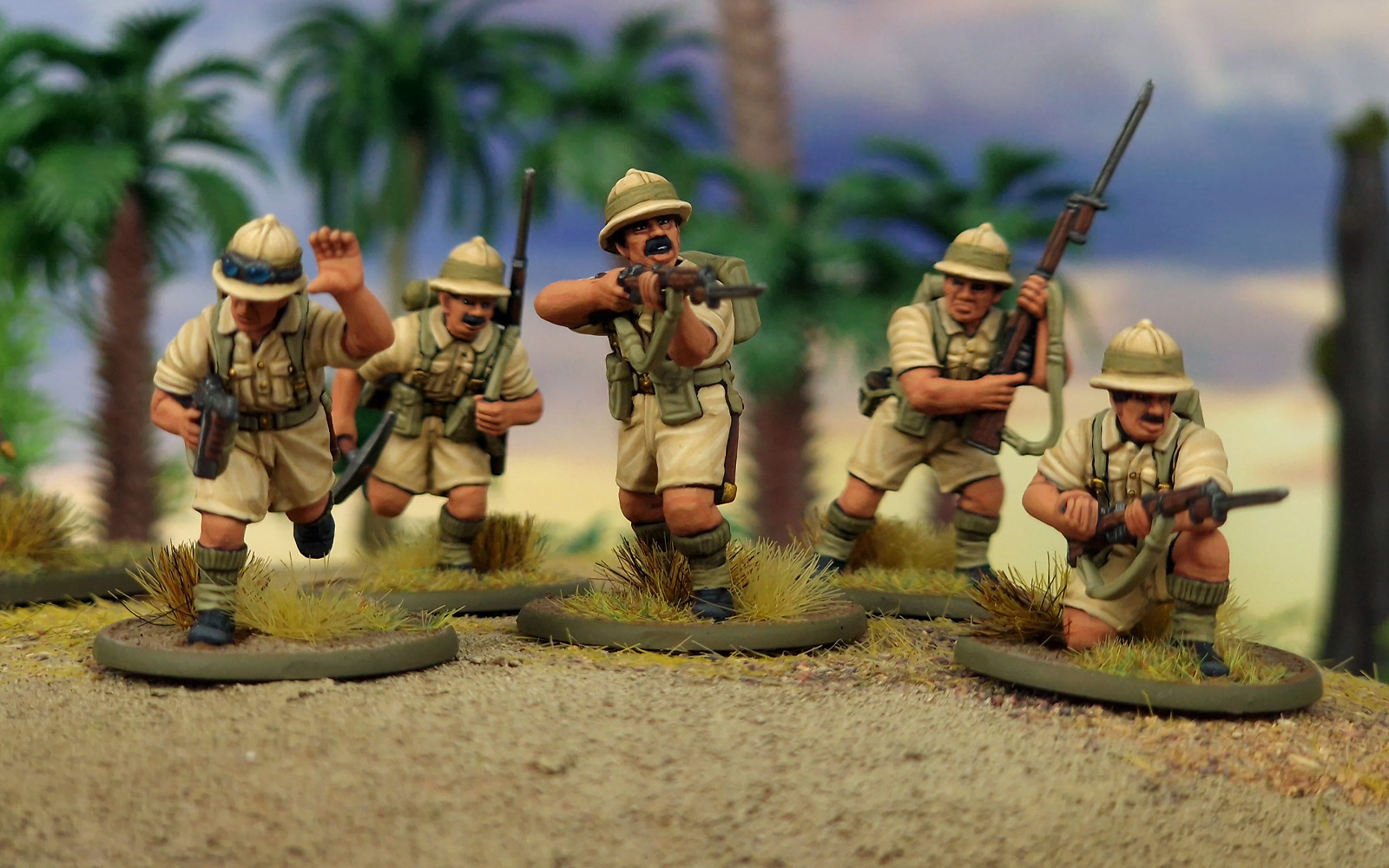
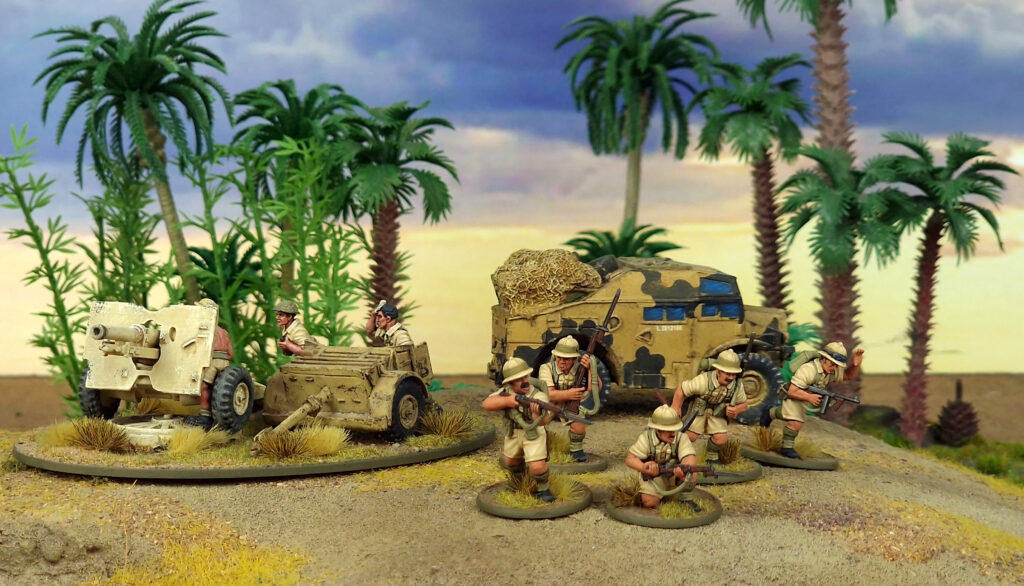
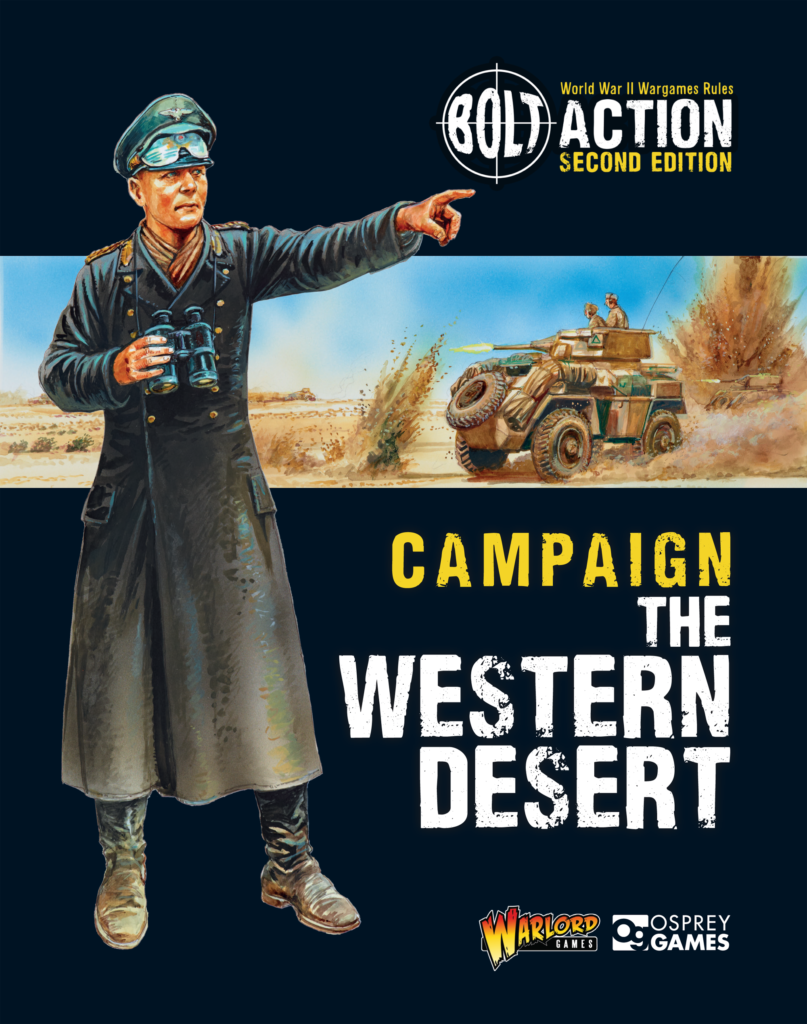
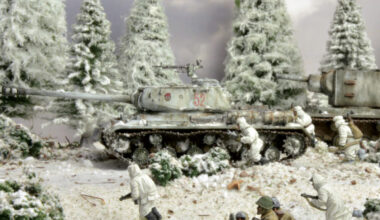
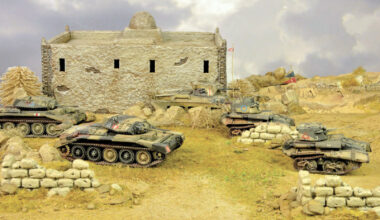
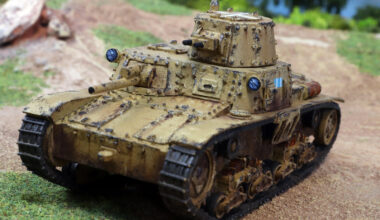
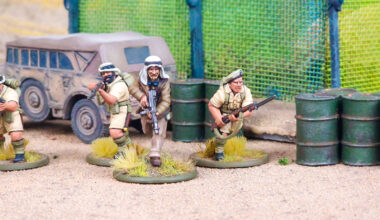
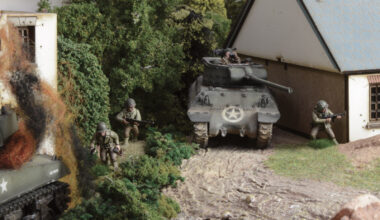
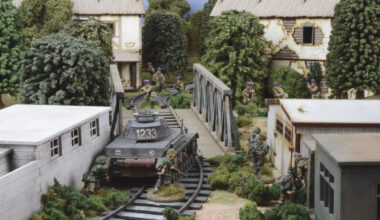
5 comments
While I appreciate the clever title of this article, it is not accurate. Commonwealth nations were not part of the British Empire, nor were they Imperial troops. The Commonwealth nations went to war as independent Allied Nations opposed to German aggression, not in order to defend the British Empire. The Commonwealth nations had taken all necessary steps to separate from the British Empire. The United Kingdom had absolutely no say in whether or not the Commonwealth countries declared war.
In the Balfour Declaration, 1926 the United Kingdom and the Dominions agreed that they were “equal in status, in no way subordinate one to another in any aspect of their domestic or external affairs, though united by common allegiance to the Crown, and freely associated as members of the British Commonwealth of Nations”. The Balfour Declaration was formally adopted in the Statute of Westminster, 1931. The Status of the Union Act, 1934, and the Royal Executive Functions and Seals Act of 1934 confirmed South Africa’s status as a fully sovereign state.
The Commonwealth was an alliance of like-minded independent nations, not an imperial governance arrangement. The Commonwealth nations were explicitly not part of the British Empire. In 1939, the five equal member states of the British Commonwealth were: Australia, Canada, New Zealand, The United Kingdom and
The Union of South Africa.
The British Empire was governed by Britain and consisted of Crown Colonies, Protectorates and the Indian Empire. The key difference is that all of the components within the British Empire were automatically at war when the United Kingdom declared war in 1939. The Commonwealth nations each chose to declare war as Allies of the United Kingdom.
The name “British Commonwealth” was changed to “Commonwealth” in 1949 because inclusion of the word “British” implied a subordination that did not exist.
I really love the fantastic range of Commonwealth army lists and models available from Warlord Games in Bolt Action. Having said that, I wish that you would recognize the fact that Australia, Canada, New Zealand, South Africa and the United Kingdom were “equal in status, in no way subordinate one to another in any aspect of their domestic or external affairs, though united by common allegiance to the Crown, and freely associated as members of the British Commonwealth of Nations”.
I think that this extract from the speech to parliament on 3 Septemer, 1939 by the Canadian Prime Minister, William Lyon Mackenzie King, sums things up perfectly:
“In what manner and to what extent Canada may most effectively be able to co-operate in the common cause is as I have stated, something which parliament itself will decide. All I need to add at the moment is that Canada, as a free nation of the British Commonwealth, is bringing her cooperation voluntarily.
Our effort will be voluntary. The people of Canada will, I know, face the days of stress and strain which lie ahead with calm and resolute courage. There is no home in Canada, no family, and no individual whose fortunes and freedom are not bound up in the present struggle. I appeal to my fellow Canadians to unite in a national effort to save from destruction all that makes life itself worth living, and to preserve for future generations those liberties and institutions which others have bequeathed to us.”
How about “One For All and All For One” or “There’s no “I” in Commonwealth”.
Still waiting on part 2….
I would love to see more articles about the smaller Commonwealth nations as well (Britain already has great coverage). The five independent Commonwealth nations were steadfast partners in WW2. Together, they fought for freedom and ensured that the UK never stood alone.